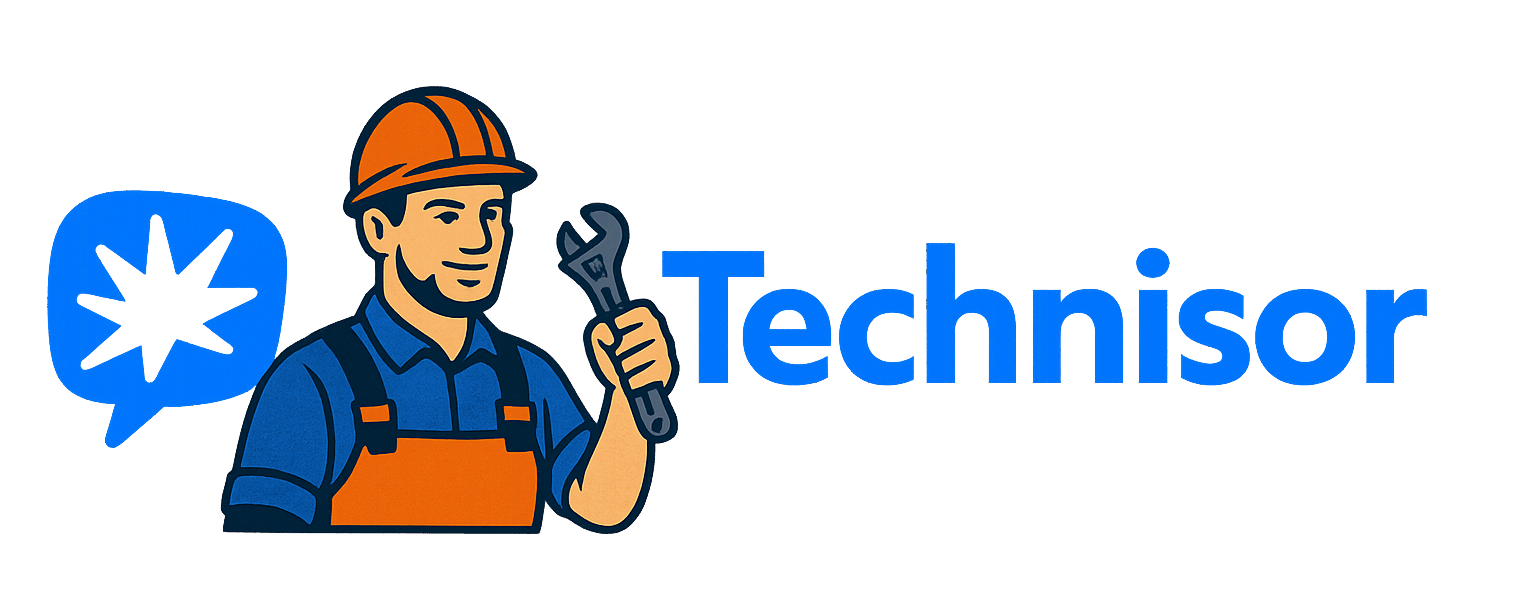How to get a loan with bad credit in Canada
Having bad credit doesn’t mean you’re out of options. Many Canadians face temporary financial setbacks — missed payments, job changes, or unexpected expenses — that can lower their credit score.
The good news? You can still qualify for a loan, even with imperfect credit.
This guide explains how lenders assess your situation, what options are available, and how to improve your chances of approval.
🧾 1. What “Bad Credit” Means in Canada
In Canada, credit scores generally range from 300 to 900. Most banks consider anything below 660 as “bad” or “subprime.”
A low score signals that you’ve had difficulties managing debt, such as missed payments or high credit utilisation.
While it can limit your access to traditional bank loans, there are still several legitimate alternatives available.
🏦 2. Loan Options Available for Bad Credit
If your credit score is less than ideal, here are some types of loans you can explore:
✅ Alternative or Online Lenders
Companies like Spring Financial, Magical Credit, and Loans Canada specialise in personal loans for borrowers with lower credit.
- They focus on your income stability rather than just your score.
- Typical loan amounts: CA$ 500 to CA$ 25,000
- Interest rates: 19 %–35 % (depending on risk and income).
- Funds can be received within 24–48 hours after approval.
📞 Spring Financial Contact: springfinancial.ca
📞 Magical Credit Contact: magicalcredit.ca
📞 Loans Canada Comparison Tool: loanscanada.ca
✅ Secured Loans (Using Collateral)
If you own a car, home, or savings, you can use it as collateral to secure a loan.
Since this reduces risk for the lender, secured loans typically come with lower rates and higher approval chances, even if your credit is weak.
✅ Co-Signer Loans
Having a co-signer (a trusted person with good credit) can significantly boost your approval odds.
The co-signer shares legal responsibility for the repayment, which reassures the lender that the loan will be paid.
✅ Credit Unions and Community Lenders
Credit unions in Canada often have more flexible lending criteria than major banks. They focus on personal relationships and may approve borrowers with poor credit if they show stable income.
⚠️ Payday or “No Credit Check” Loans
These are high-risk, short-term loans that should be used only as a last resort.
While they provide quick cash, the interest can exceed 400 % APR, leading to a debt cycle. Always verify if the lender is licensed in your province.
💡 3. What Lenders Look at Beyond Credit Score
Even with bad credit, lenders may approve your loan if you can demonstrate:
- Stable income (employment, pension, or government benefits).
- Low existing debt obligations.
- Consistent bank deposits.
- Proof of residency and ID.
- Guarantor or collateral to lower the risk.
Providing accurate, verifiable documentation is key to proving your financial responsibility.
🧭 4. Steps to Apply for a Bad Credit Loan
- Check your credit report — via Equifax or TransUnion to spot any errors.
- Compare lenders — look for regulated, transparent companies (avoid hidden fees).
- Prepare documents — ID, income proof, and banking info.
- Apply online or in person — submit your details through a secure portal.
- Review the offer carefully — pay attention to APR, total repayment, and penalties.
- Sign the agreement — many lenders offer digital contracts.
- Receive the funds — usually deposited directly into your bank account.
🔑 5. Tips to Improve Approval Chances
- Show regular income deposits.
- Borrow a smaller amount first.
- Avoid multiple applications at once — it can hurt your credit further.
- Offer collateral or a co-signer.
- Pay existing debts on time to rebuild your credit profile.
Consistency and honesty matter more than perfection — lenders want to see commitment and stability.
⚠️ 6. Red Flags to Avoid
Be cautious of:
🚫 Lenders that promise “guaranteed approval” — legitimate lenders always assess risk.
🚫 Upfront fees — never pay before funds are disbursed.
🚫 Unlicensed lenders — verify through your province’s financial regulator.
🚫 Too-good-to-be-true offers — if it seems unrealistic, it probably is.
🧠 Key Takeaway
Bad credit isn’t a permanent roadblock. With the right strategy — steady income, smaller loan amounts, and transparent lenders — you can still secure financing and gradually rebuild your credit.
Choose regulated institutions, understand the total cost of borrowing, and focus on consistent repayment to restore financial confidence.
❓ FAQ — Getting a Loan with Bad Credit in Canada
1. What credit score is considered “bad” in Canada?
Scores under 660 are generally considered subprime or bad credit by most banks.
2. Can I get approved without a job?
Yes, if you can show alternative income such as benefits, pensions, or self-employment earnings.
3. What’s the maximum interest rate for bad credit loans?
Most reputable lenders cap around 35 % APR, but payday loans can go much higher.
4. Are online bad credit loans safe?
Yes — as long as the lender is licensed and transparent. Avoid sites that ask for deposits or hidden fees.
5. How can I rebuild my credit after getting a loan?
Make payments on time, avoid new debts, and keep credit card usage under 35 % of the limit. Over time, this will improve your score.
